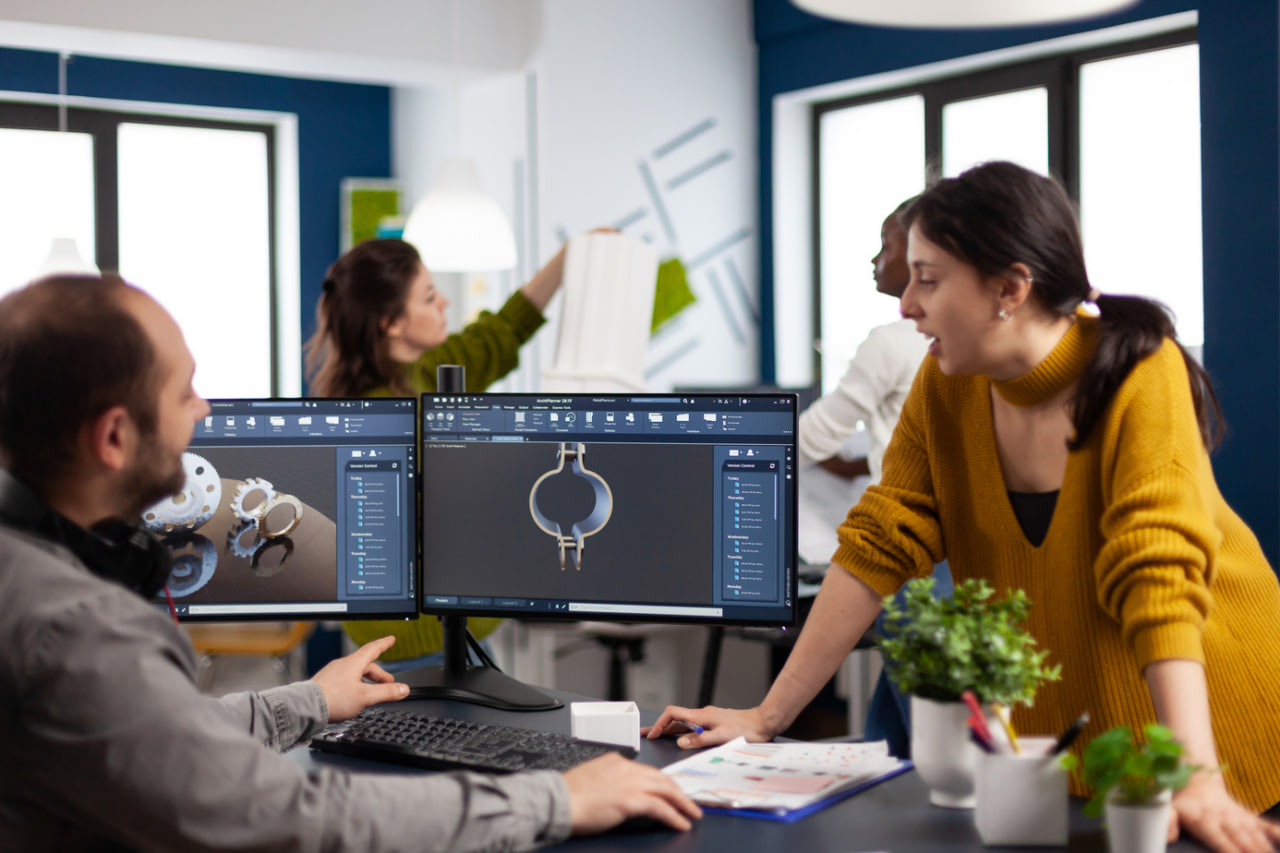A portfolio is more than just a collection of work—it is your visual identity as a designer. Whether you are aiming for freelance opportunities, applying for a job, or simply showcasing your progress, your portfolio communicates your skills, style, and potential. For beginners, building a first portfolio may feel intimidating, especially without professional projects to display. The good news is that even with limited experience, you can create a strong and appealing portfolio that opens doors.
Why a Portfolio Matters
In creative industries, a portfolio often matters more than a resume. Employers and clients want to see what you can do, not just read about it. A well-crafted portfolio shows your ability to apply design principles, solve problems visually, and develop a unique style. It is proof of your growth, creativity, and readiness to work on real projects.
Choosing the Right Format
Before you start gathering work, consider the format of your portfolio. Today, most designers prefer digital portfolios, as they are easy to share and update. Options include creating a personal website, using platforms like Behance or Dribbble, or building a PDF portfolio to send directly to potential clients. For beginners, starting with free online platforms is practical and professional, while a personal website becomes a great investment as you gain more work.
Selecting Projects
The biggest question for beginners is often: what should I include if I do not have clients yet? The answer is simple—include your best practice work. Projects you created during courses, self-initiated designs, or even redesigns of existing brands can all demonstrate your abilities. What matters most is quality over quantity. A portfolio with five strong pieces is far more impressive than one filled with ten weak or rushed projects.
Showing the Process
Many beginners focus only on final results, but employers and clients often want to see your process. Adding sketches, drafts, or explanations of your design thinking can make your portfolio stand out. It demonstrates problem-solving skills, creativity, and the ability to approach challenges systematically. A project that shows how you moved from concept to completion is more convincing than a polished result without context.
Telling Your Story
A portfolio is not just about images; it is also about narrative. Briefly describe each project: what was the goal, what tools you used, and what challenges you solved. Keep it concise but informative. This storytelling element helps viewers connect with your work and understand the reasoning behind your design choices.
Quality Presentation
Presentation plays a big role in how your work is perceived. Use consistent layouts, clean backgrounds, and professional typography. Avoid clutter and focus on clarity. Each project should have space to breathe, allowing the design to be the focus. If you are using a website, make sure it is easy to navigate and visually aligned with your style.
Updating and Evolving
A portfolio is never finished. As you create new projects and improve your skills, update it regularly. Remove weaker early works and replace them with stronger, more recent ones. This constant evolution shows that you are active, growing, and committed to your craft. Even seasoned designers revisit and refine their portfolios to stay relevant.

